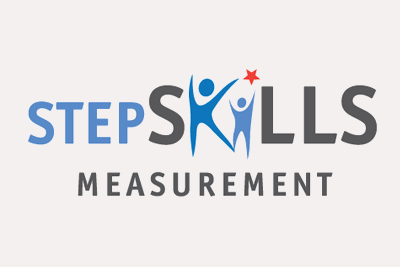
The World Bank's STEP Skills Measurement Program (STEP) is the first ever initiative to measure skills in low and middle-income countries. It provides policy-relevant data to enable a better understanding of skill requirements in the labor market, backward linkages between skills acquisition and educational achievement, personality, and social background, and forward linkages between skills acquisition and living standards, reductions in inequality and poverty, social inclusion, and economic growth. The STEP Program includes a household-based survey and an employer-based survey.
The household-based survey introduces three unique modules:
a direct assessment of reading proficiency and related competencies scored on the same scale at the OECD's PIAAC (International Assessment of Adult Competencies); self-reported information on personality, behavior, and time and risk preferences (e.g., Big Five, Grit, decision-making, and hostile attribution bias); and job-relevant skills that respondents possess or use in their job.The employer-based survey is designed with five modules which aim to assess:
the structure of the labor force; cognitive skills, behavior and personality traits, and job-relevant skills that are currently being used, as well as skills employers look for when hiring new workers; provision of training and compensation by employers; the level of satisfaction with the education and skills training available in the labor force.The STEP collection currently hosts data collected between March 2012 and August 2017 in Albania, Armenia, Azerbaijan, Bolivia, Bosnia & Herzegovina, Colombia, Georgia, Ghana, Kenya, Kosovo, Lao PDR, Macedonia, Serbia, Sri Lanka, Ukraine, Vietnam, and the Yunnan Province in China. In all countries, the target population is urban adults aged 15 to 64, whether employed or not. More countries will be added as data become available.
All relevant survey documentation is provided along with the datasets. The "STEP Methodology Note" presents key concepts and describes the STEP survey instruments. It also provides guidance to use the data.